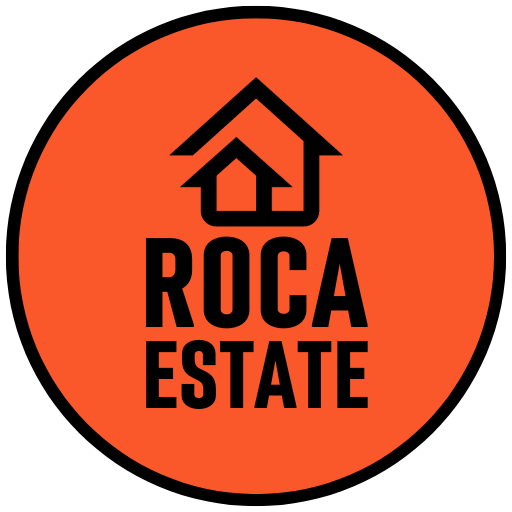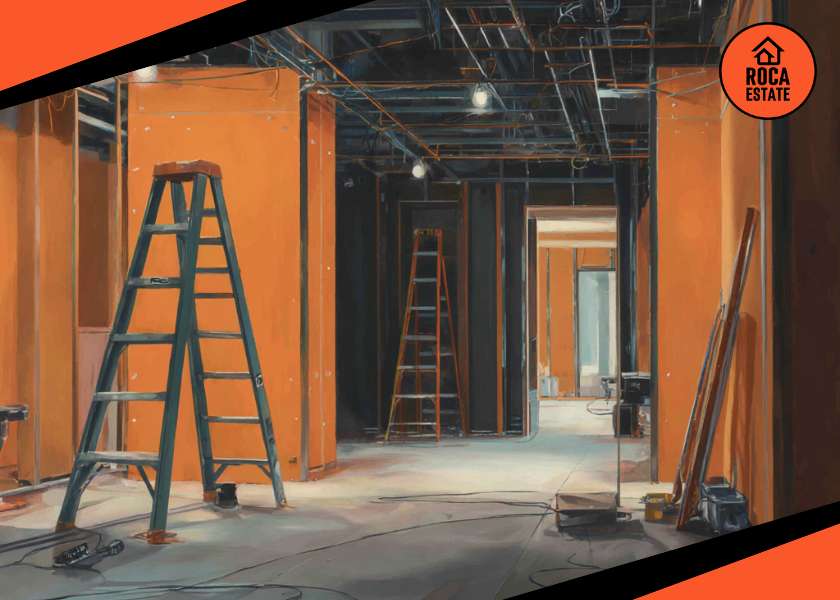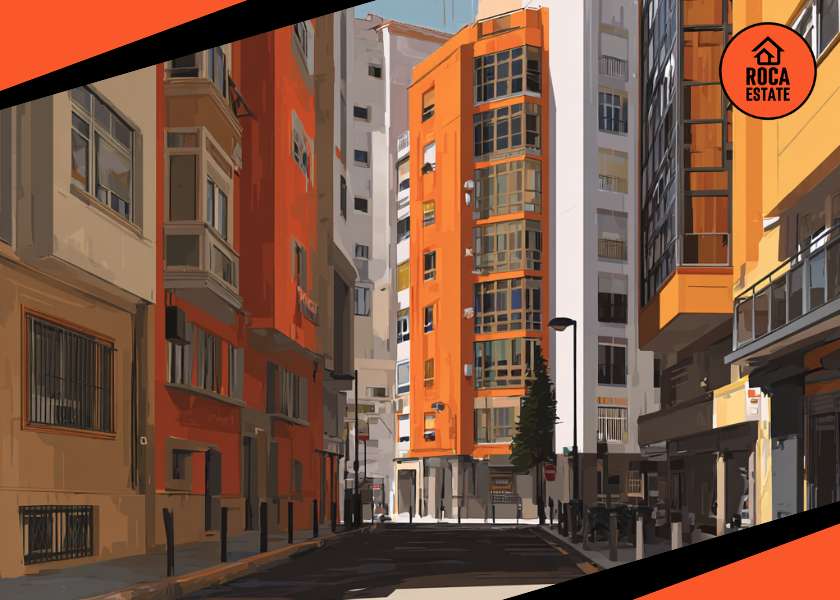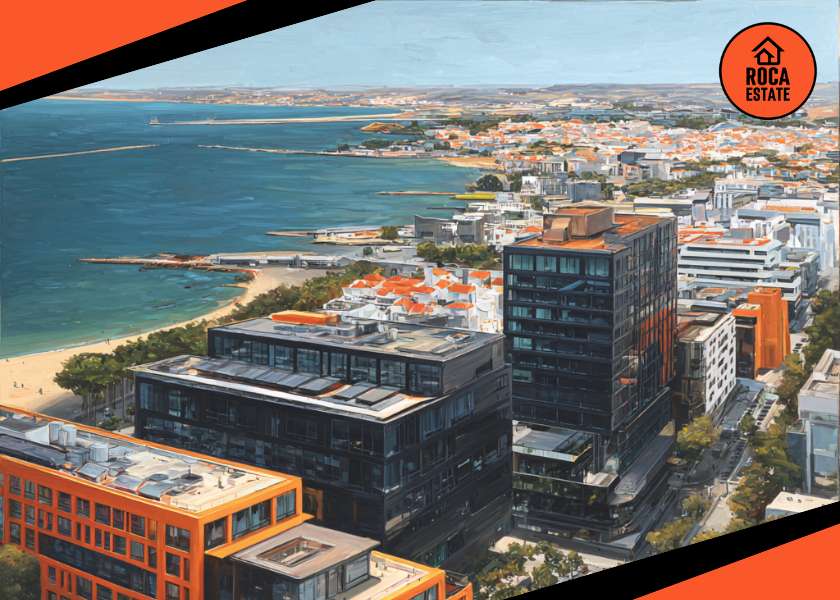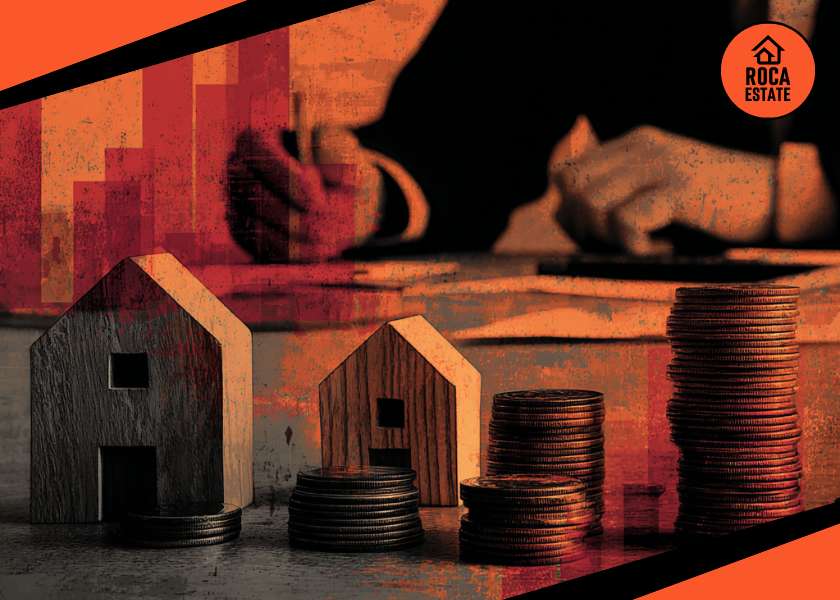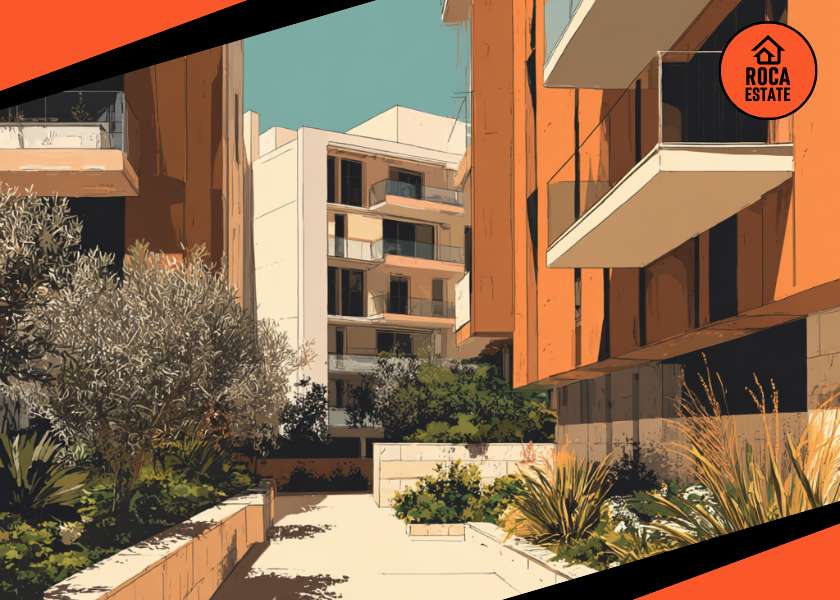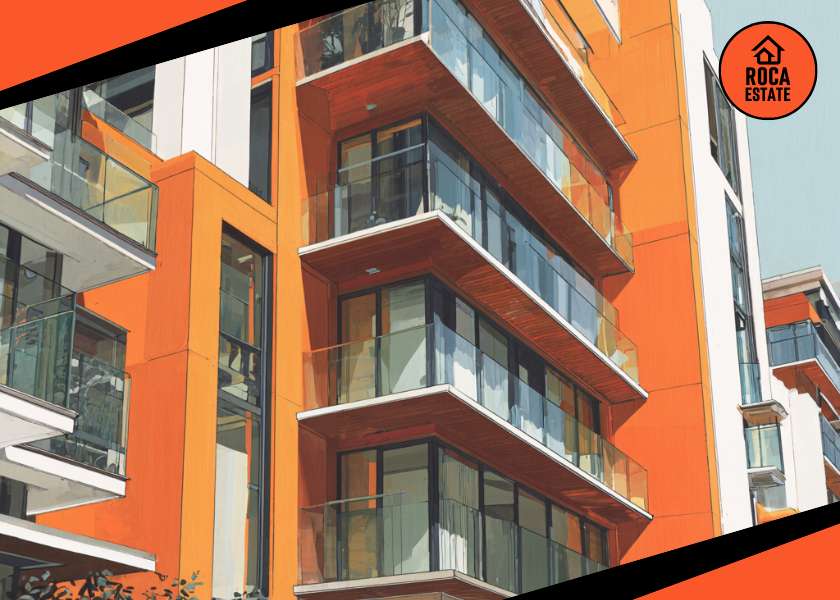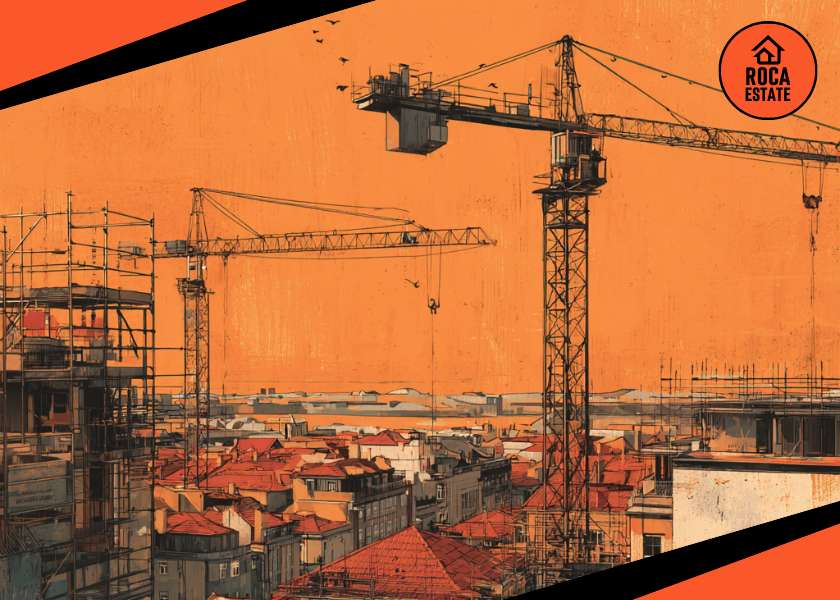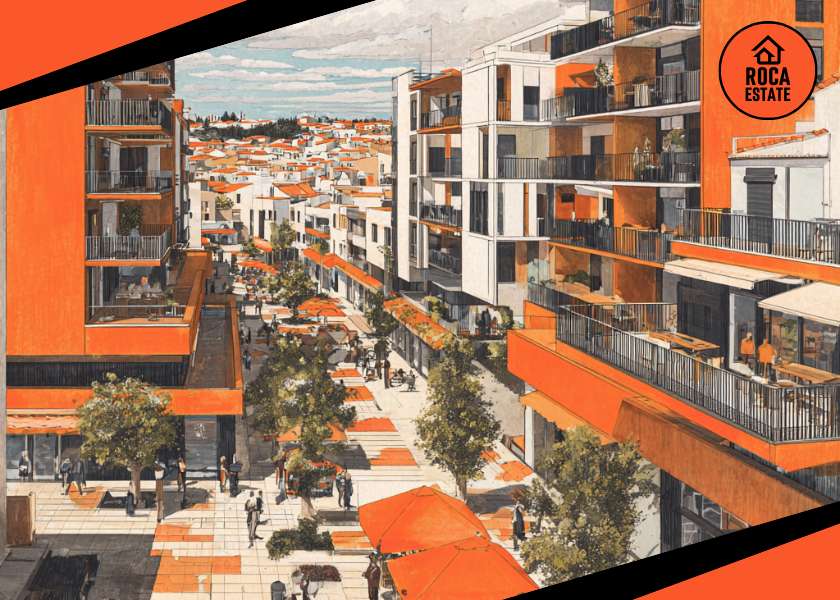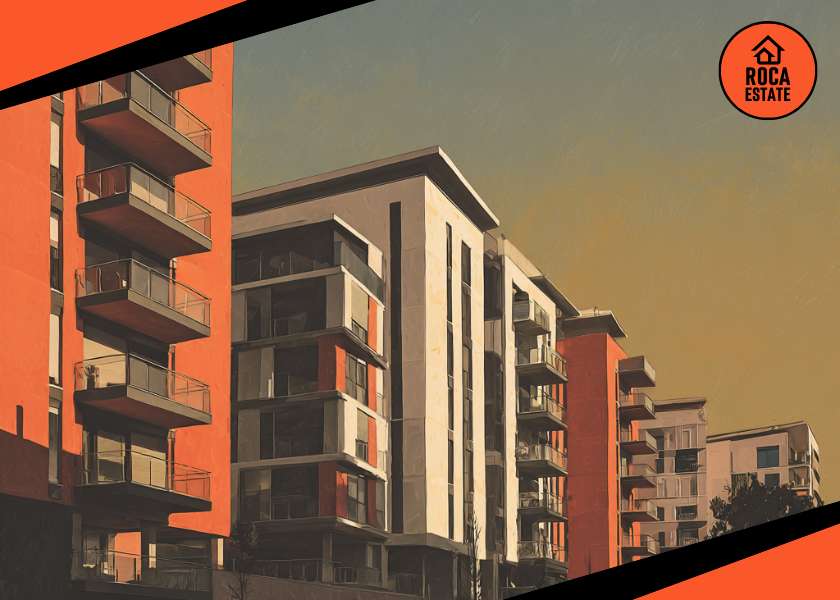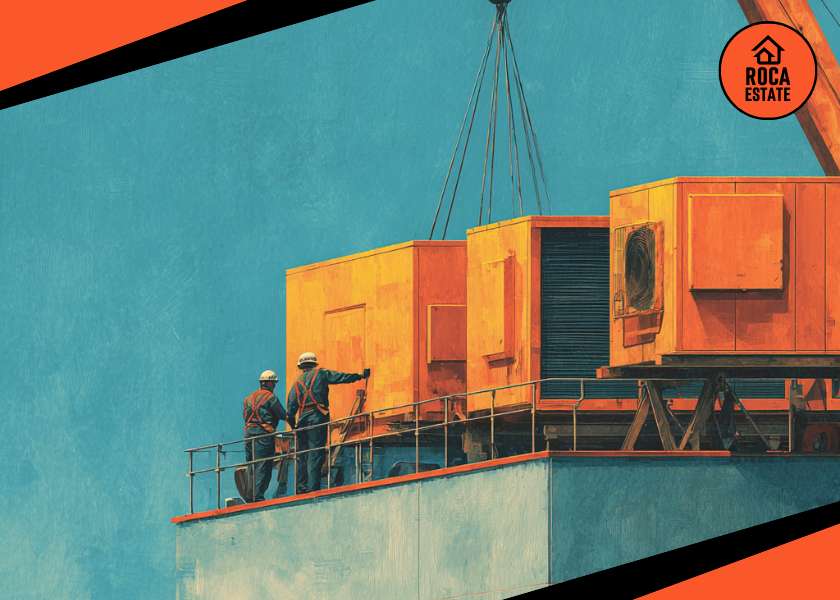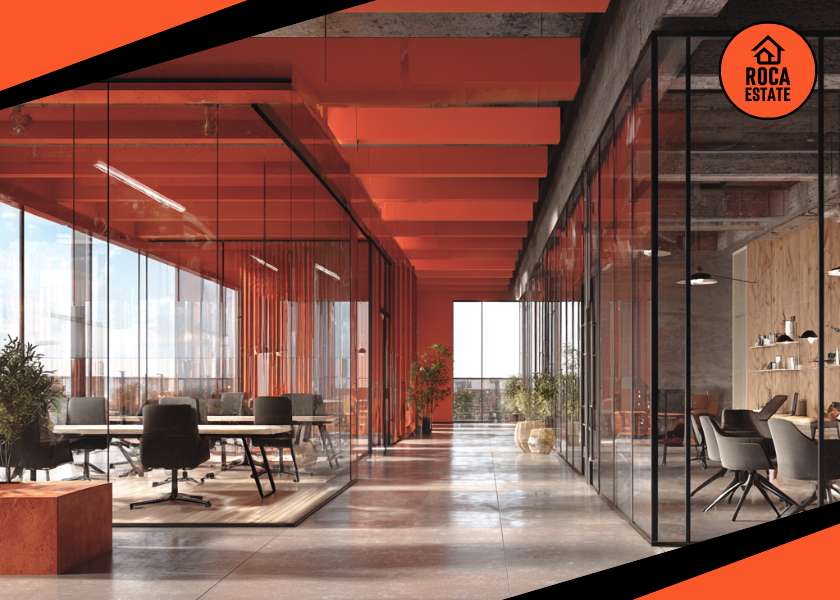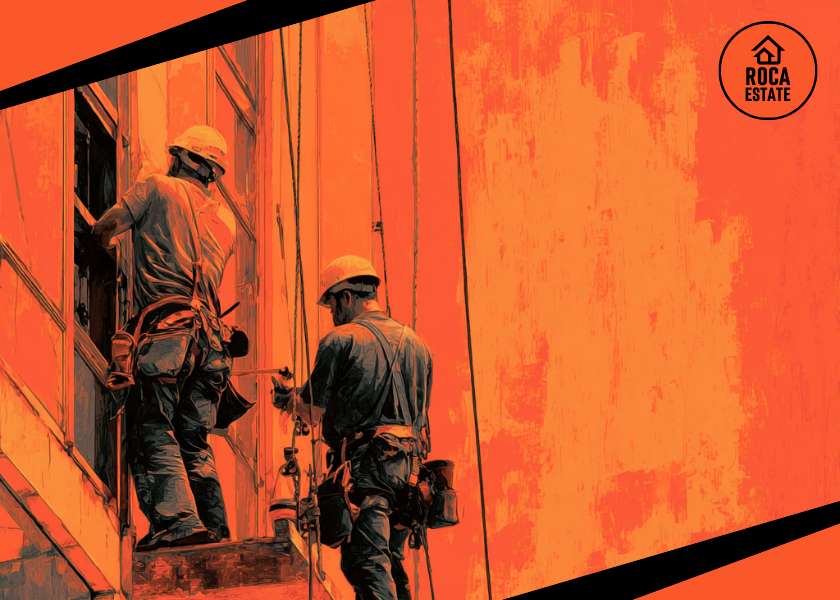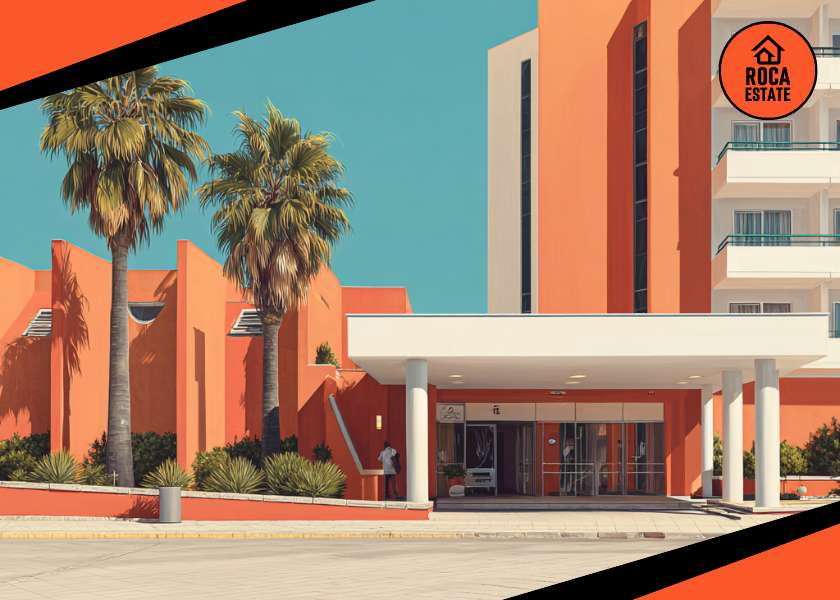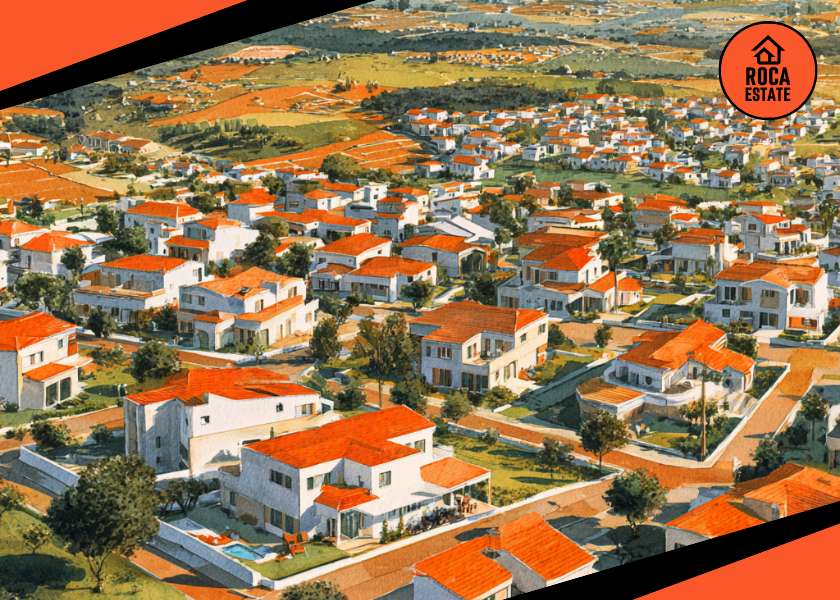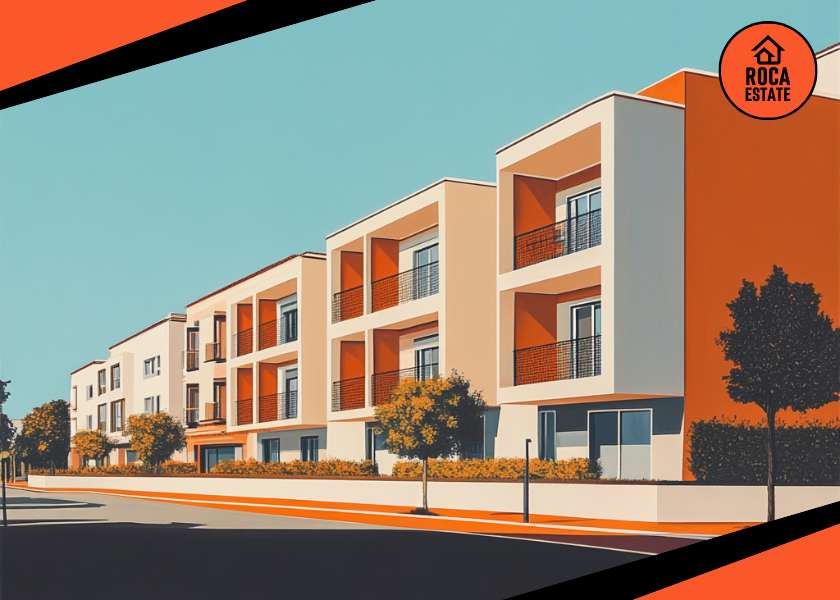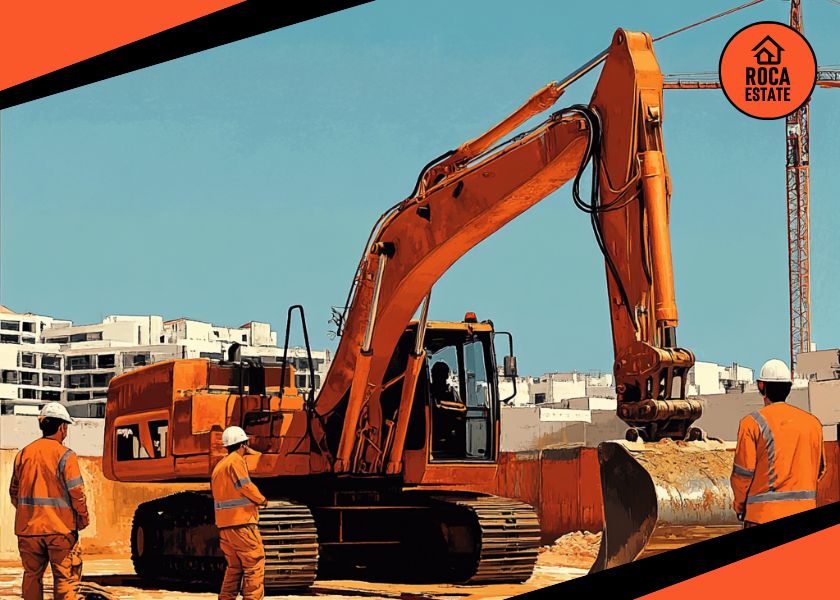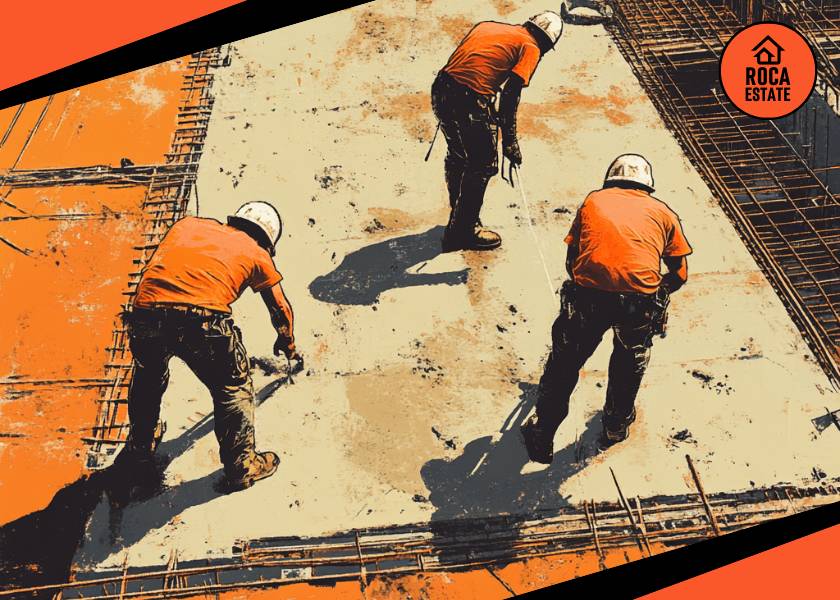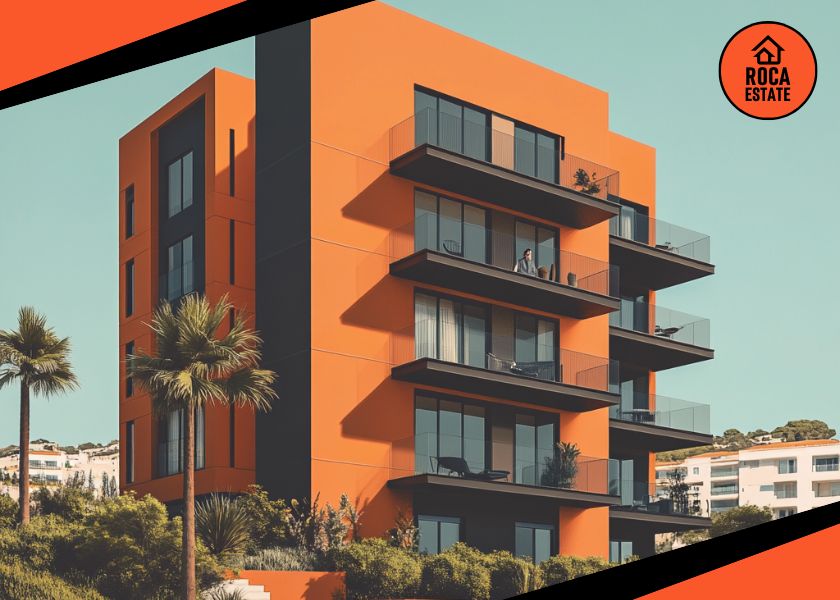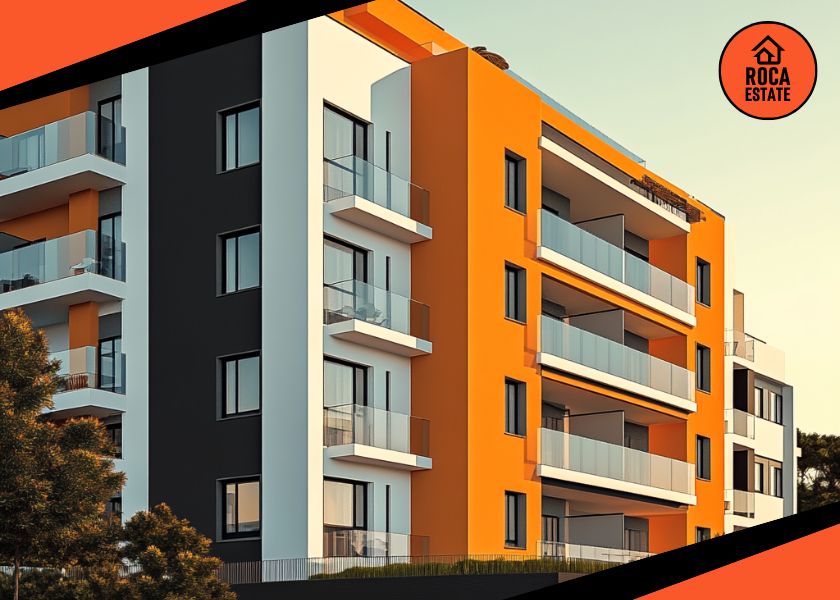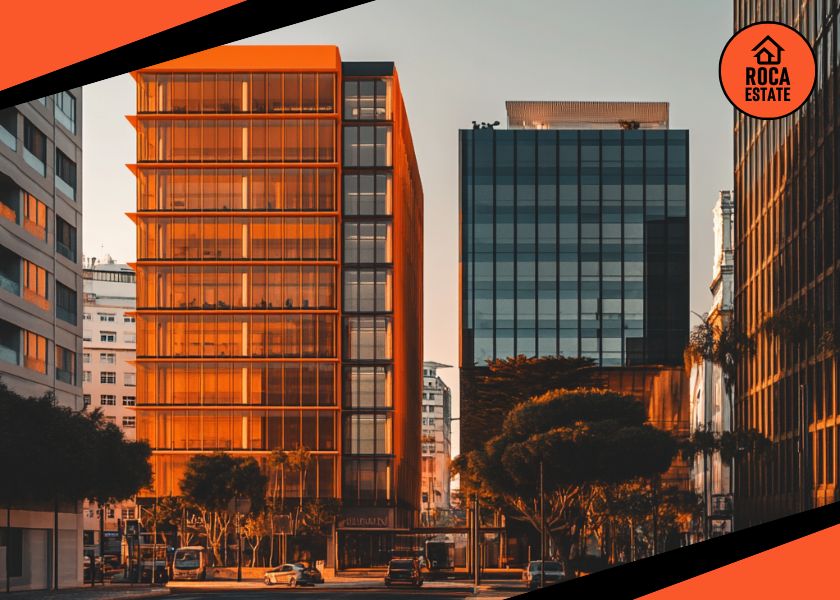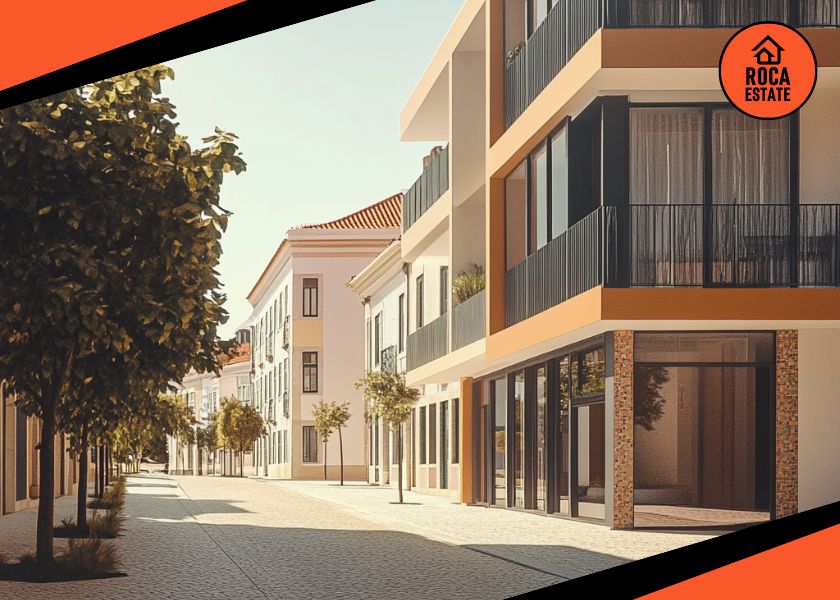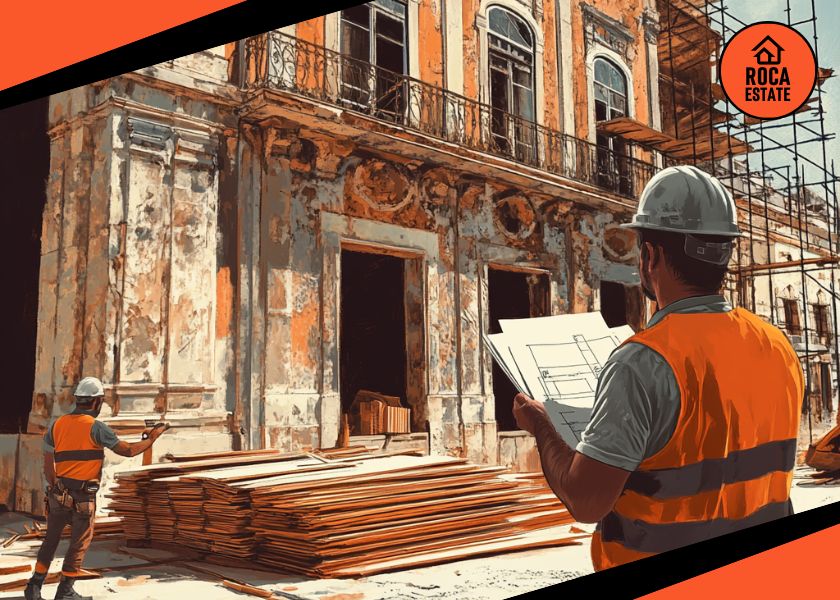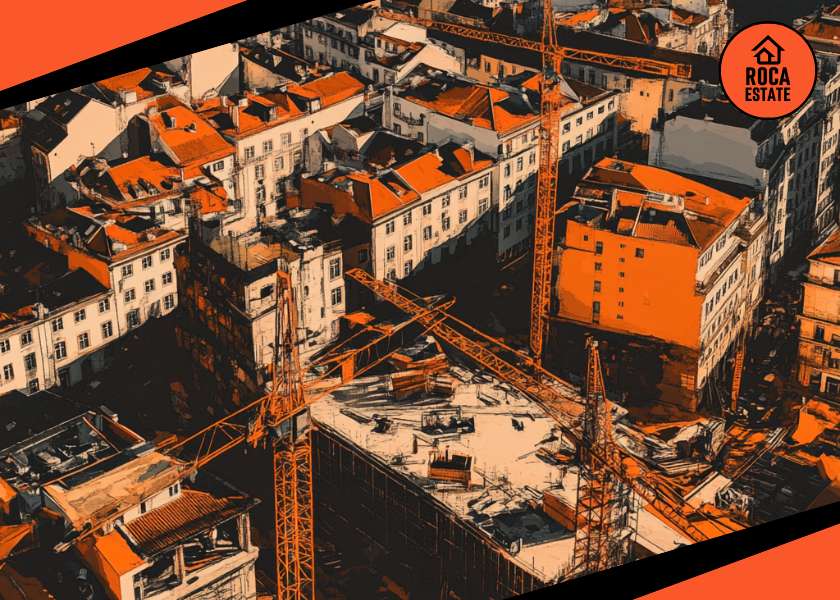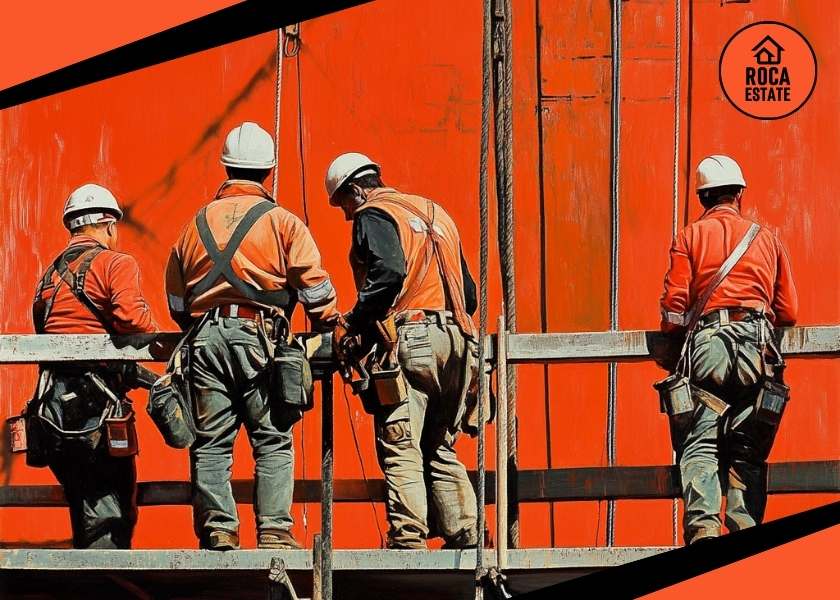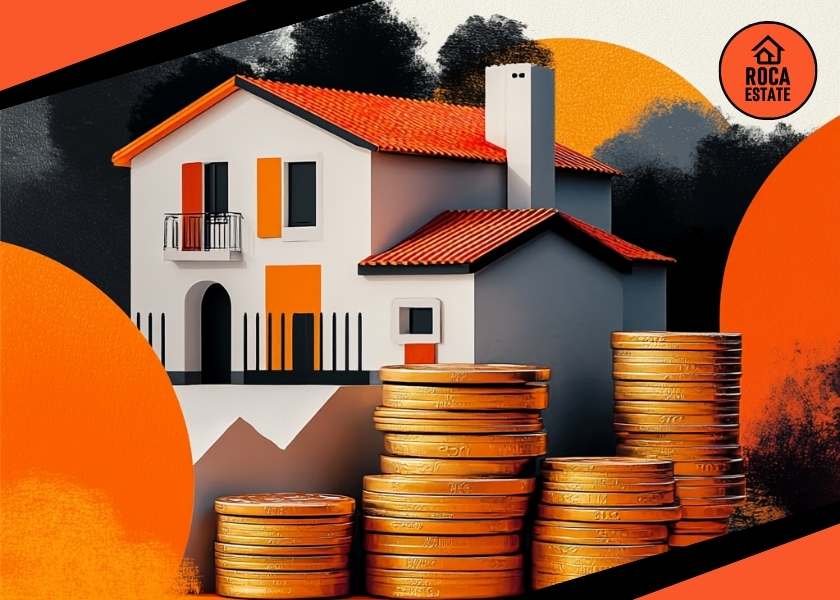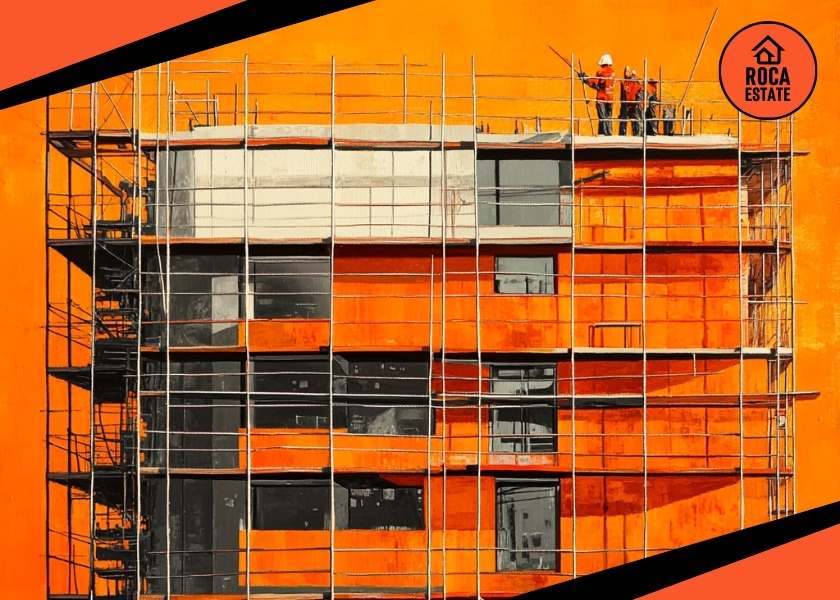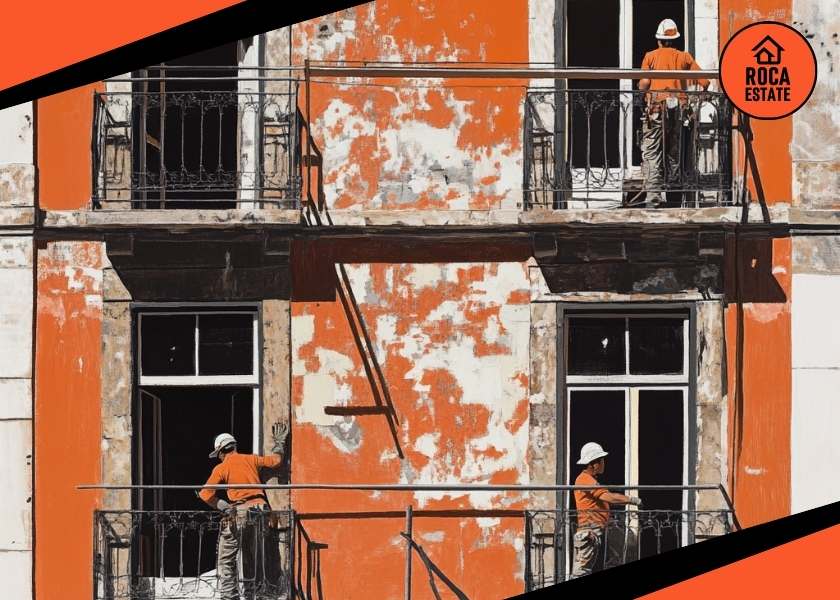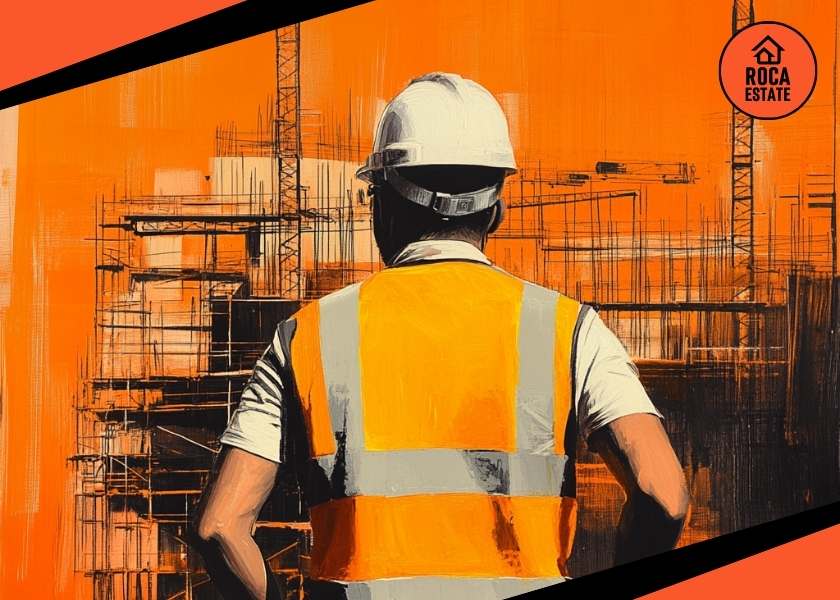The latest data from Portugal’s National Institute of Statistics (INE) reveals a significant increase in the construction cost index for new housing. In December 2024, construction costs rose by 4.3% year-on-year, with labor costs surging by 8.6% while material prices saw a modest increase of 0.9%. This marks a continuation of the upward trend seen throughout 2024, albeit at a slightly moderated pace compared to previous years.
For real estate investors, these figures indicate both potential obstacles and opportunities. Rising costs impact profitability, but they also indicate market trends that can be strategically leveraged. This analysis will break down the implications of these cost increases and what they mean for those considering investments in Portuguese real estate.
Key Takeaways from the December 2024 Construction Cost Index
- Steady Cost Growth Over the Year
- The annual average construction cost increase for 2024 was 3.3%, slightly lower than the 3.9% average in 2023.
- Labor costs rose 8.1% annually, while material prices declined by 0.3%, highlighting a shift in cost dynamics.
- Labor Costs Outpacing Material Costs
- The December data shows a stark contrast between labor and material cost growth. While material costs remain relatively stable, labor costs are increasing at a rate that significantly affects overall project budgets.
- Investors should anticipate higher wages and longer construction timelines, which could impact cash flow and returns.
- Volatility in Monthly Construction Costs
- The monthly variation for December 2024 was 0.2%, a slight deceleration compared to previous months.
- However, seasonal adjustments and labor market conditions suggest that cost fluctuations will persist in the short term.
Implications for Real Estate Investors
1. Construction Cost Increases May Influence Property Prices
The steady rise in construction costs, driven by labor expenses, suggests that developers will pass these costs onto buyers. This could lead to higher property prices, particularly for new developments in high-demand areas such as Lisbon, Porto, and the Algarve.
Investor Strategy:
- Those looking to develop new projects should factor in higher labor costs and potential delays when estimating project feasibility.
- Investors purchasing off-plan properties should evaluate whether price increases are justified by location and demand.
2. Rental Market Pressures & Yield Considerations
As property prices rise, rental yields could be impacted if rent growth does not keep pace. However, Portugal’s strong demand for rentals, fueled by tourism and expatriate migration, provides a counterbalance.
Investor Strategy:
- Focus on high-demand rental markets where increased costs can be offset by strong rental growth.
- Consider diversifying into renovation projects, where cost increases may be more manageable than ground-up developments.
3. Impact on Development Projects & Construction Timelines
With construction costs increasing and labor shortages persisting, new developments could face extended timelines. Investors should anticipate delays and potential budget overruns when committing to new projects.
Investor Strategy:
- Partner with established contractors with a proven track record of managing costs efficiently.
- Monitor policy changes related to labor force expansion, as government initiatives to attract skilled labor could influence future cost trends.
Conclusion: A Market Requiring Planning
The 4.3% rise in construction costs in December 2024, largely driven by labor expenses, highlights the evolving cost structure of Portugal’s real estate market. While this may pose challenges for developers and investors, it also signals a robust market where demand continues to sustain growth.
For investors, the key to navigating these trends lies in strategic project selection and cost management. By focusing on high-demand locations, leveraging rental market strength, and carefully planning development budgets, investors can mitigate risks and maximize returns in the Portuguese property market.
Construction cost index for new residential dwellings
As construction costs continue to shape the market, it’s essential to partner with experts who understand how to navigate these shifts. Learn how Roca Estate helps investors access resilient investment real estate in Portugal and uncover the best investments in Portugal across sectors with long-term growth potential.
